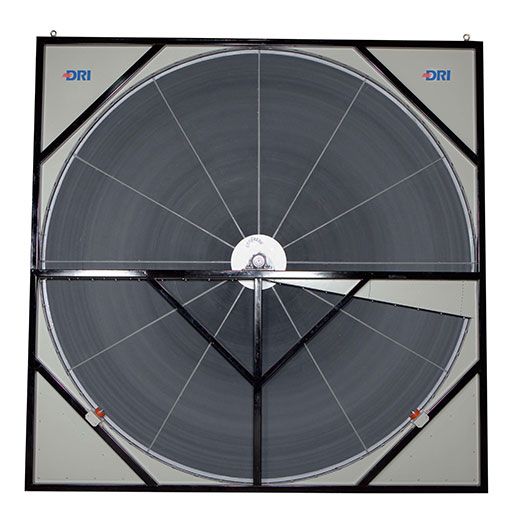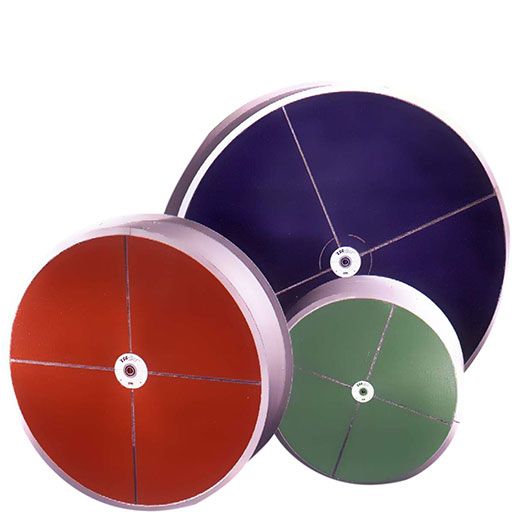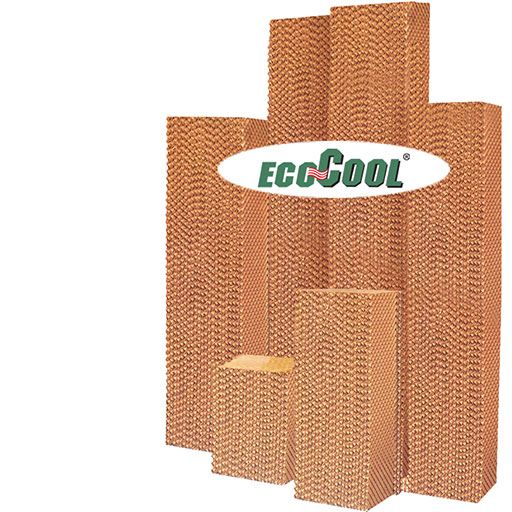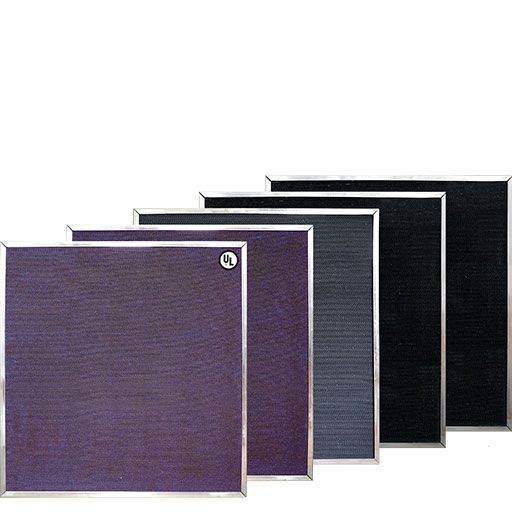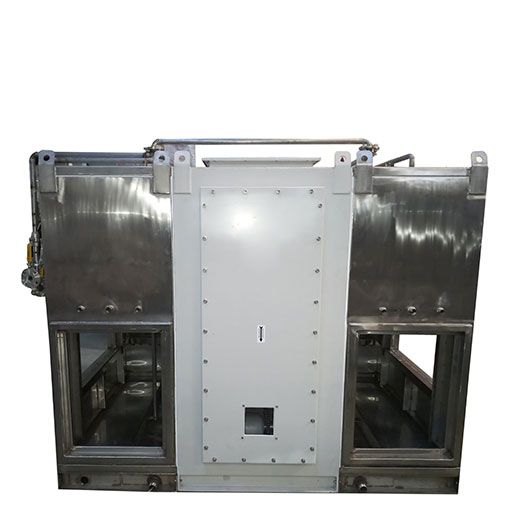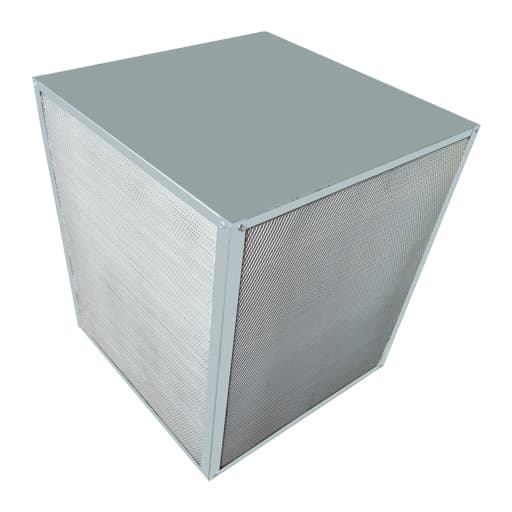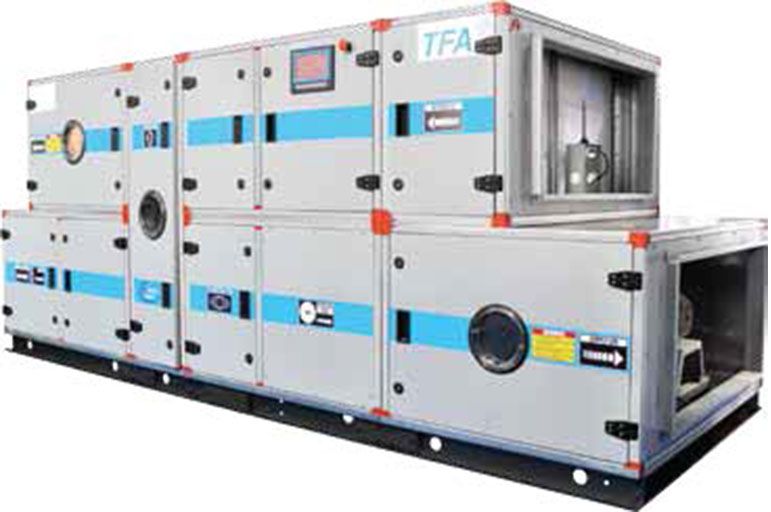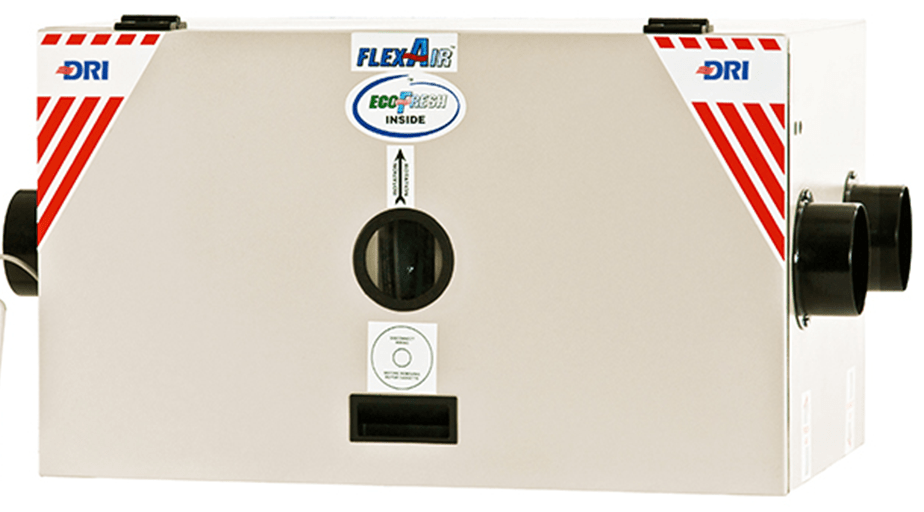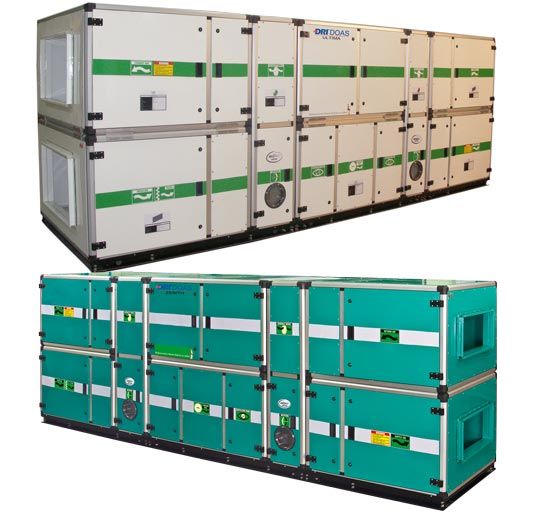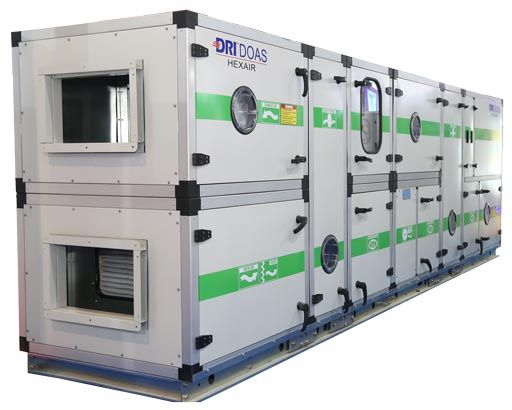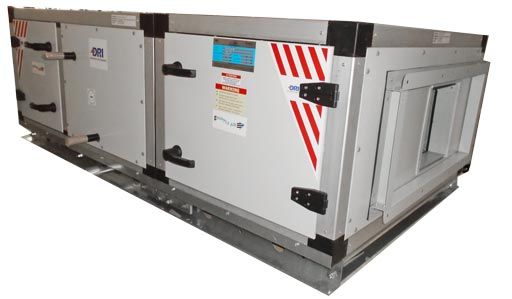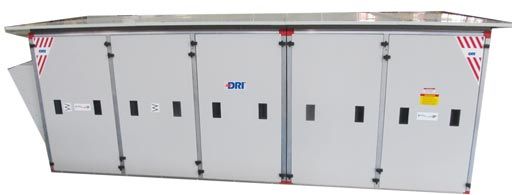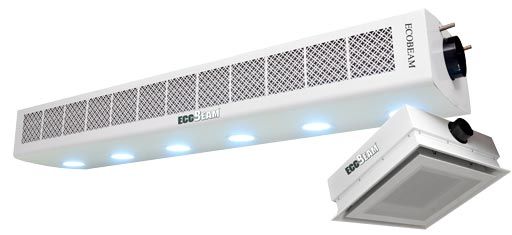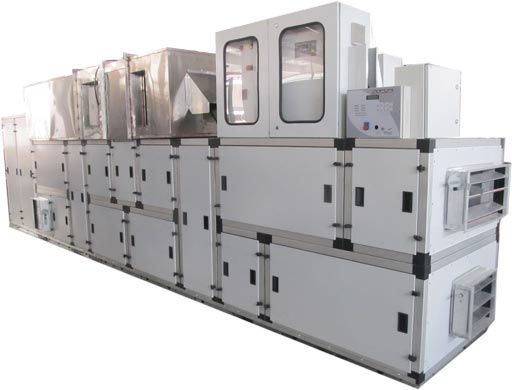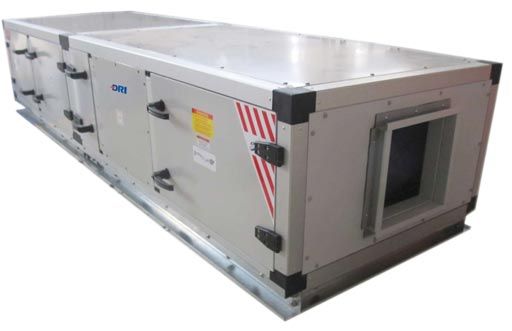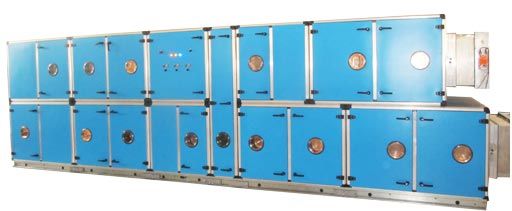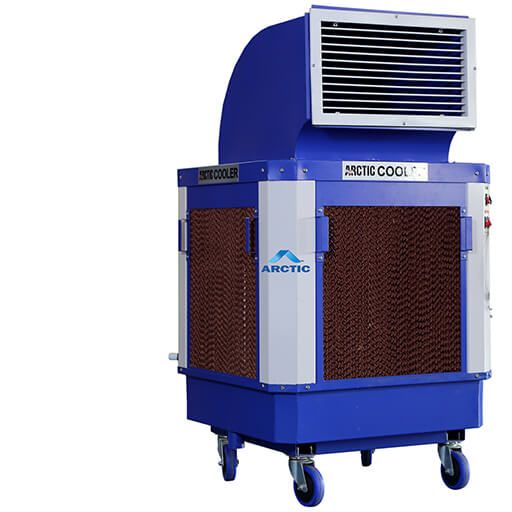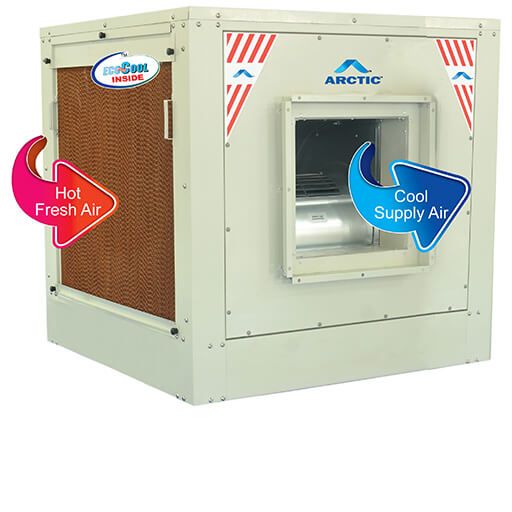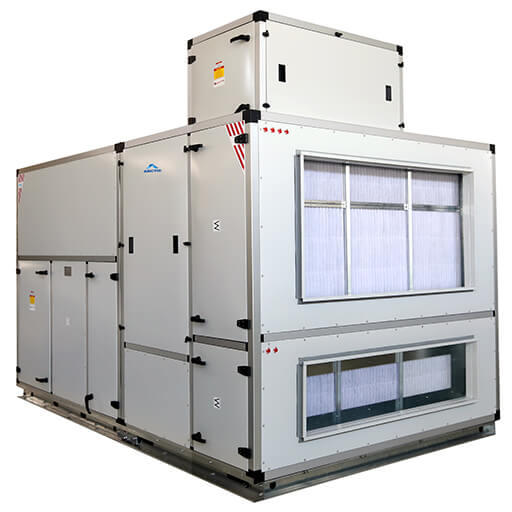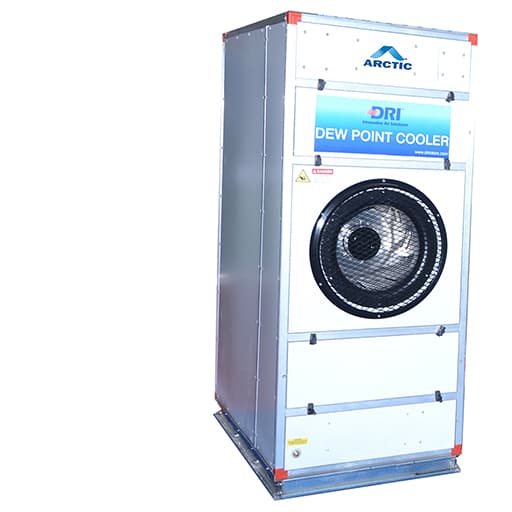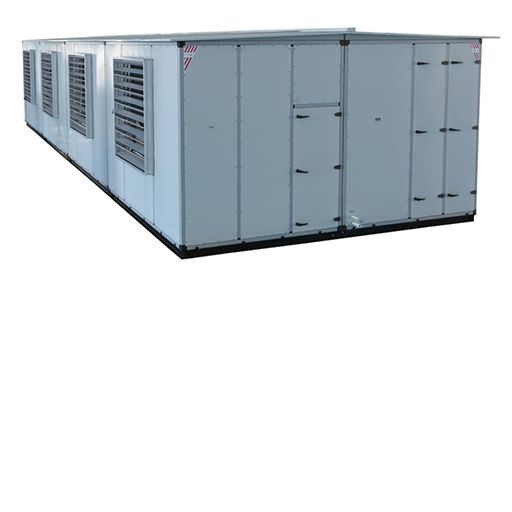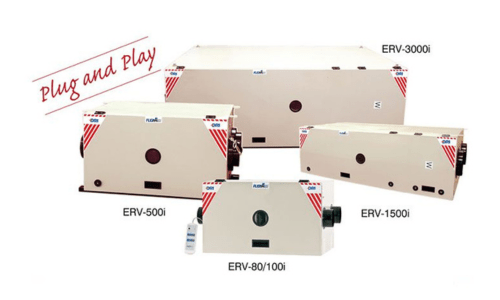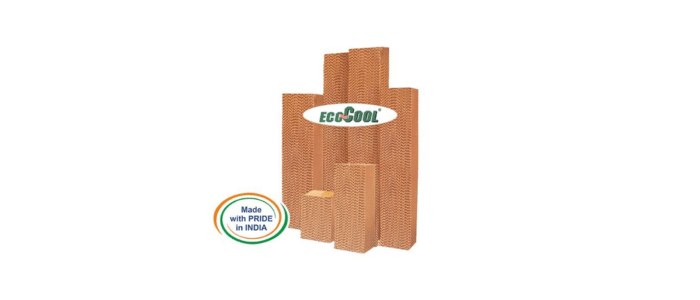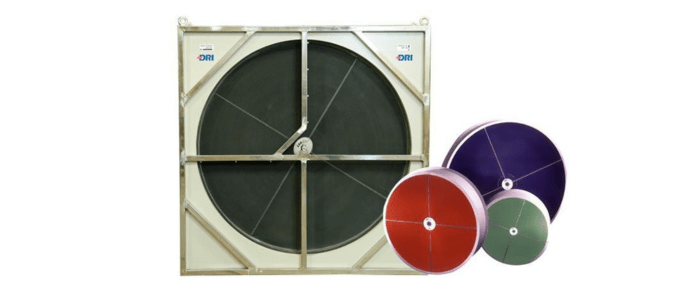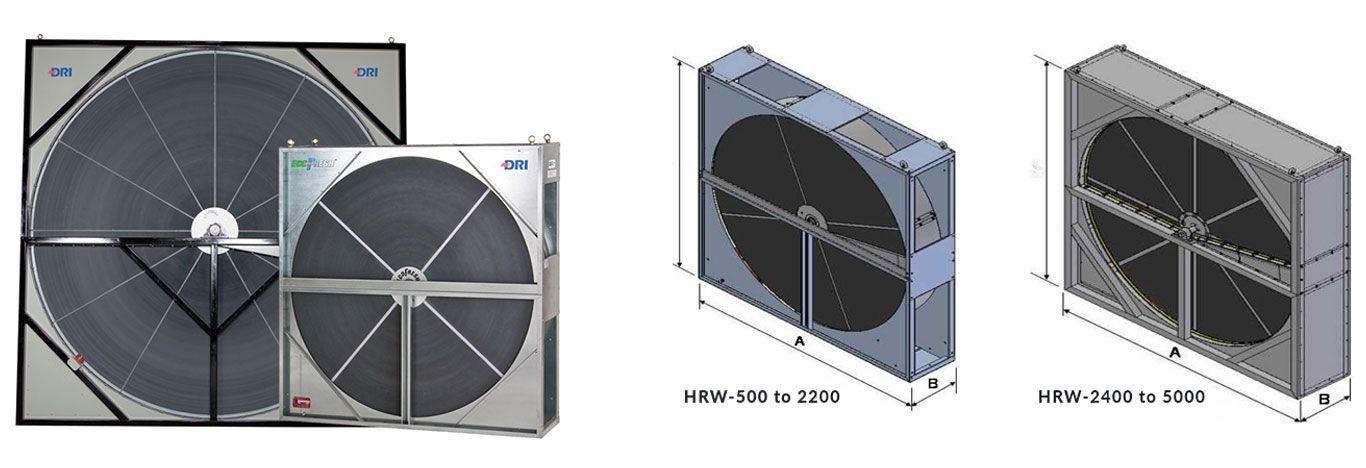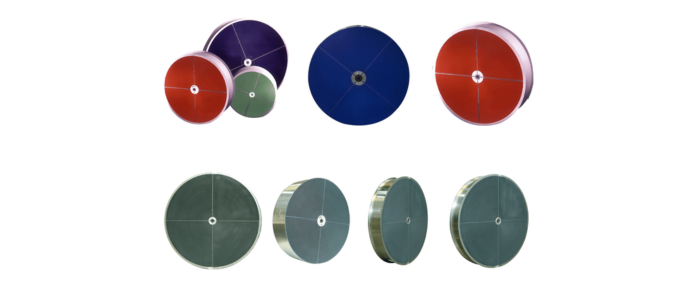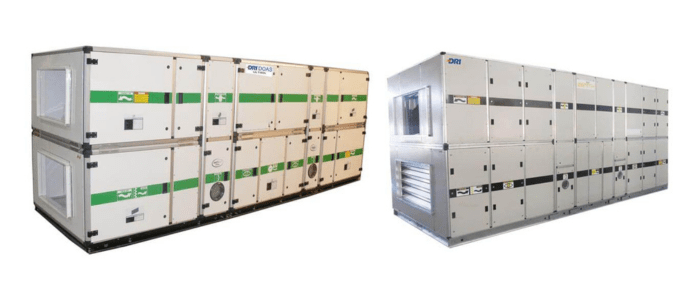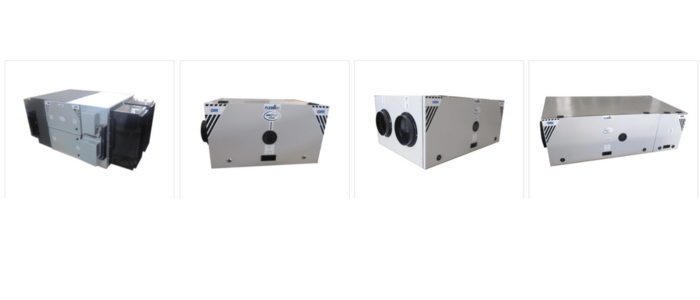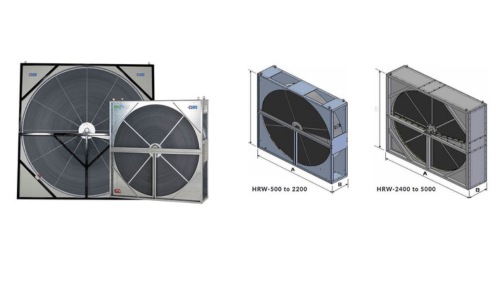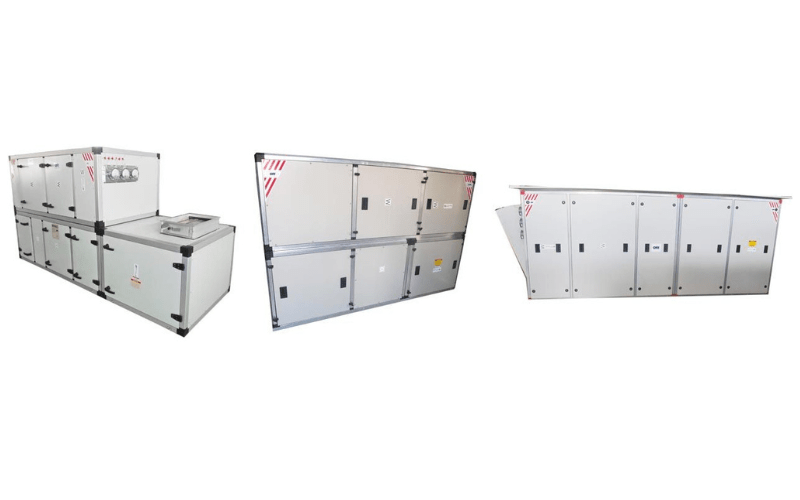Urbanization has led to the emergence of air pollution at an advanced level. Global efforts are underway to address the environmental havoc caused by outdoor air pollution. However, amidst the magnitude of this issue, people often overlook the equally detrimental effects of indoor air pollution. Indoor air pollution can sometimes exceed the damage caused by outdoor air pollution, as it becomes trapped within enclosed spaces with limited ventilation.
Modern building structures, with their tight designs aimed at minimizing air infiltration, further exacerbate the problem by restricting the entry of fresh air. Consequently, indoor air pollutants such as formaldehyde, asbestos, volatile organic compounds (VOCs), dust, pollen, dirt, pet dander, biological growth, and excess humidity accumulate, deteriorating Indoor Air Quality (IAQ) and making it 2-3 times more polluted than outdoor air.
Occupants become highly vulnerable to the adverse effects of poor IAQ, which can lead to severe short-term and long-term health issues that may not manifest immediately but persist as underlying ailments.
Breathing difficulties, fatigue, and eye discomfort are some direct consequences of poor ventilation. At the same time, a phenomenon known as “Sick Building Syndrome” has emerged, significantly impacting overall health and well-being, particularly for individuals with pre-existing allergies and asthma conditions.
The problem intensifies in large commercial and industrial spaces with complex, tightly sealed structures and high occupancy. In addition to the negative implications on health, poor IAQ in settings such as offices, schools, and workplaces can significantly impair concentration and productivity among occupants.
Role of Energy Recovery Ventilators
Fortunately, the menace of poor IAQ can be mitigated by introducing clean, fresh air from outside into the building. Energy Recovery Ventilation (ERV) is the most effective solution for improving IAQ by continuously circulating cool, fresh air.
Energy Recovery Ventilators is a balanced mechanical ventilation system that conditions incoming fresh air by recovering energy from the outgoing stale air, matching indoor temperature. Not only does ERV efficiently eliminate thick indoor air, but it also replaces it with fresh outside air.
This versatile technology not only exchanges dry heat but also removes moisture from space. Furthermore, ERV minimizes energy loss by transferring humidity and heat from the outgoing stale/exhaust air to the incoming fresh air throughout the year.
Energy recovery ventilation is the future of intelligent buildings that prioritize energy efficiency. It seamlessly integrates with HVAC systems without compromising operational capacity, significantly enhancing overall efficiency. By adopting ERV, facilities can achieve comfortable conditions in an environmentally friendly and sustainable manner, marking a significant step towards healthier indoor environments.
Exploring ERV and HRV Systems: Unveiling Their Inner Workings
As previously mentioned, ERV (Energy Recovery Ventilation) and HRV (Heat Recovery Ventilation) systems ensure a consistent supply of fresh air while harnessing and reclaiming energy before it exits the building. This remarkable feat is achieved through a heat exchanger, which transfers heat between the outgoing building air and the incoming fresh air. It’s important to note that the two airstreams never come into direct contact.
Instead, ERVs and HRVs employ various technologies to transfer heat and humidity, pre-conditioning the incoming fresh air. The choice between ERV and HRV technology depends on factors such as the building type, its specific usage, and any seasonal or climate variations that may come into play.
The primary consideration in selecting the appropriate technology revolves around the need for humidity control. While a heat recovery ventilation system solely recovers heat from the exhaust air, an energy recovery ventilation system goes further by recovering heat and moisture. This capability allows for effective control of humidity levels within the building. In most building applications, this can significantly impact heating and cooling costs, as well as overall comfort throughout the building.
Despite the seemingly complex nature of these systems, ERVs and HRVs can be highly efficient. The efficiency level can vary depending on the technology employed and its specific application. However, these units can generally achieve efficiency levels ranging from 50% to 80%, effectively capturing a substantial portion of the energy before it escapes the building.
By pre-conditioning the incoming air, an ERV or HRV reduces the load on the building’s HVAC system. This translates to lower energy bills and the potential to downsize the HVAC system, resulting in additional cost savings.
The benefits of ERV and HRV systems extend beyond reduced heating and cooling loads. These systems can help balance the ventilation system, effectively addressing any positive or negative pressure issues within the building. In doing so, they can minimize uncontrolled infiltration or exfiltration, if present (although tighter structures typically do not encounter this problem).
Moreover, ERVs and HRVs can be configured in various setups, whether integrated with an existing HVAC system or installed alongside a new one. This flexibility allows for customization based on the unique needs of the building.
At DRI Rotors, we assist our customers with the most profitable energy ventilators for their business needs. Get in touch with our representatives today to discuss the best solution for you.

